Protests at IIIT
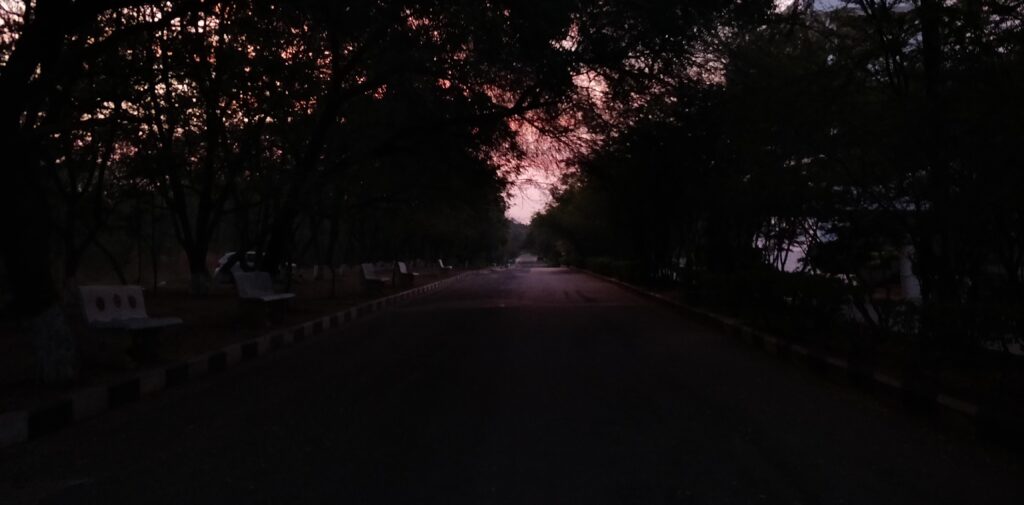
In the modern political climate of the world, protests are part and parcel of our everyday world. Whether it be protests related to the efficacy of HIV medicine or the suspension of MPs in the Indian Parliament, the crowd and the topics are always diverse and driven by the desire to change. A general observation is that universities and colleges behave as embers that, when neglected, can lead to a fiery rebellion. We have historically seen that to put an end to revolts, academic institutions are targeted by organisations trying to protect the status quo. A few relatively well-known examples are the clamping down of protests by the students of JNU after the CAA was passed by the Indian Government and the students of Hong Kong University protesting the increasingly tightening grip by the Chinese Communist Party.
Given the importance of academic institutions to protests, one wonders why IIIT rarely participates in any protests, if any. Compared to its neighbouring institute, the University of Hyderabad, or fellow engineering institutions such as Jadavpur University, IIIT Hyderabad falls behind in exercising opinions and participating in protests. This article tries to analyse why IIIT refrains from participating in protests with such a high frequency as other institutes.
While the occurrence of protests has been largely absent from the history of IIIT, we try to understand when and where protests in IIIT reached their peak, who participated in the movement and what separated this issue.
2011 – Post Felicity Protests
Felicity week has traditionally been that one week in which students would enjoy their souls out and de-stress themselves with all the various events that take place. One would be so involved in the one and only fest that it’s natural to get mentally/physically exhausted from it.
Such was the case for the students of IIIT back in 2011, when there was a huge demand for a one day off after Felicity, citing the above reasons. Students sat on the road that connects Kadamb to Research Street. The IIIT Apex had spread awareness among the batches that there could be potential DISCO consequences if they did participate in the protests, which wasn’t the last time they’d do this, as we’ll see later in the article.
However, despite all these efforts, a holiday was not granted after Felicity and all students had to report to classes just as usual. This was the first instance of a widespread protest in IIIT.
2018 – Removal of Washing Machines (?!)
As absurd as it sounds, the IIIT administration wanted to remove washing machines from few/all hostels and replace them with a paid cloth washing service (₹6 per cloth). This may have been a consequence of misuse of the machines and the high maintenance frequency. The sudden decision incited confusion among the students, who went on sending emails to the authorities to clarify the same.
The Email wars began, a first instance of protests through an online platform. The students had stated all their reasons for having regular maintenance of the machines and how it would help both the students and the institute in the long term, and ultimately it was agreed upon by the administration.
This directive was revoked and washing machines were repaired, in contrast to 2011.
2022 – UG-1 Curfew Walk Out
IIIT has always been known for its anti-curfew, pro freedom values and policies, and the deans have almost always been in favour of no hard campus in-time for both boys and girls.
However, 2022 was one special year. Campus life was returning back to pre-COVID days, and the new UG-1 batch was coming for offline classes in their 2nd semester. But a late start to the academic year (due to COVID delays in admissions) meant that the 2nd semester would start in late March, and would go on till early July. It was also a unique situation of UG-1 being the only undergraduate batch to have classes in the summer, while the other batches had their summer holidays.
Many students in UG-1 were seen to be under bad influence such as coming drunk into campus, having no limits when outside campus and other things which should not be talked about here. The administration reportedly felt that them being the only batch on campus was the primary reason for such uncontrollable activities. The Apex body was also disappointed with some students of this batch and called an urgent meeting with all UG-1 students to discuss the potential consequences, which included a 11pm campus curfew for the batch.
The next noon, UG-1 students received an email from the Chair, CoW that they would have to return to campus by 7pm and take special permission from the hostel manager in order to go out later.
There was an immediate sense of revolt, not only among UG-1, but also the rest of the IIIT family, as it would set a bad precedent for the upcoming batches. Sources say that most professors weren’t even consulted on this topic, and they had too, found this out after the email.
Biggest of all, a Walk-Out was announced by a few students in UG2 to protest against the seemingly unjust curfew in place then. UG-1 was asked to march from Nilgiri to the academic block to show the dissent, however like back in 2011, the Apex body warned them about potential DISCO consequences if they’d participate in this. Now as UG-1 was already anxious about further escalations, the majority stayed quiet about this issue, with only around 15 students showing up for the march, making it ineffective and the walk-out was a failure. However, it did incite a widespread discussion to lift the curfew that we will look into.
Prior to this, the Chair, CoW had demanded breathalysers at the main gate, but many UG2+ students were strongly against this. They argued that if drunk, one is safer on campus than outside, and that if breathalysers were in place there could be cases of intoxicated students spending a night outside campus with nobody to help them.
The Chair, CoW had to be convinced by the Student Parliament and the Apex body that such instances would not happen in the future, and there were several meetings called for the discussion of the same. There were repeated discussions for a week, and the curfew was ultimately lifted. As per sources, the administration demanded 5-6 parliament members to stay back in campus so as to prevent any further mishap, and Apex meets were scheduled every week to maintain a relationship between UG-1 and their seniors.
Others
IIIT has no political influence, unlike many IITs, JNU, etc where there are political party representatives in the colleges themselves, which is why we see more cases of dissent/protests there.
During the adaptation of the Farm Bills in December 2020, students were seen to send postcards to the central government in revolt/support of the same, but there was no protest. There was also a demand for co-ed hostels at a time in IIIT history, with which the talks of a ‘Parijaat Raid’ came up.
As we see, the landmark protests in IIIT are largely apolitical and essentially surround campus life. This is consistent with other national institutes of the country like the IITs and NITs, with the most recent protest in IIT Bombay being related to a fee hike.
Next, we will discuss the key differences between students of IIIT and other universities to understand why our college students refrain from participating in protests.
We must first recognise that there is large-scale politicisation and the presence of student wings in colleges across the countries. This politicisation is there from both wings of politics; there is large-scale left-wing politicisation in the colleges in the eastern parts of India, while there is a large presence of right-wing activism in colleges of North India.
Furthermore, I believe that a predisposition and an underlying current of rebellion are necessary for college protests. We see that with the examples we listed above, the colleges infamous for large-scale protests are recurrent in the news, and the list of institutes is rarely disruptive.
The last difference I would like to bring about is the difference in the strength of the “protesting” colleges compared to IIIT Hyderabad. Our campus houses a relatively small amount of students, arguable less than enough for a “mob” mentality to develop.
These factors, along with a general position of privilege of the majority of IIIT students, discourage them from going and participating in large-scale external rebellions, and the students rather prefer protesting on in-house issues.
We must keep in mind that the objective of this article is not to incite rebellious thoughts and protests amongst the students of IIIT, and neither is it to criticise the lack of participation from the student community. However, we hope this article will function as a thought experiment, bolstering you to think about the everyday mundane of our lives from a different perspective.
Editor: Srijan Chakraborty

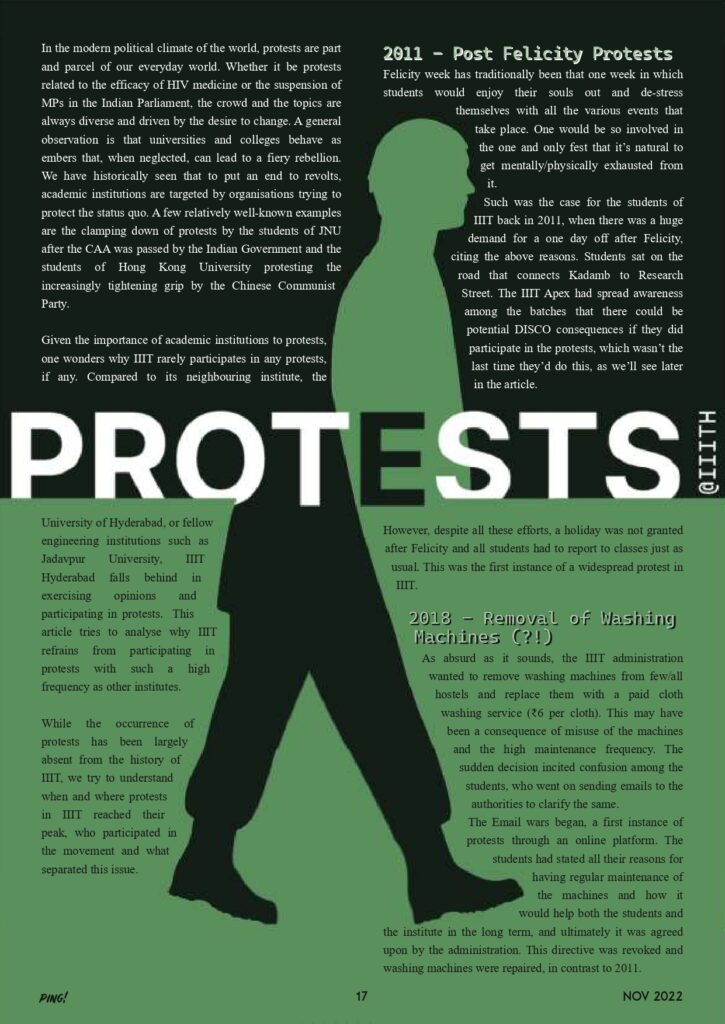
 Qu’ils mangent de la grenouille! (Let Them Eat Frogs!)
Qu’ils mangent de la grenouille! (Let Them Eat Frogs!)  Tale of Two Cheenties
Tale of Two Cheenties  Peace of mind.
Peace of mind.  Boats and Valorant
Boats and Valorant 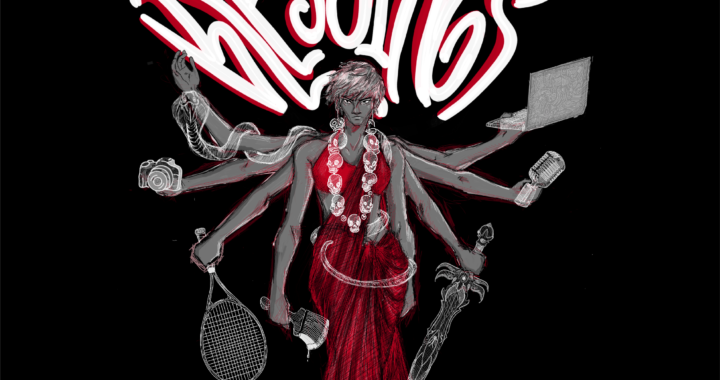 Blessings
Blessings  Shivering in the sunlight
Shivering in the sunlight 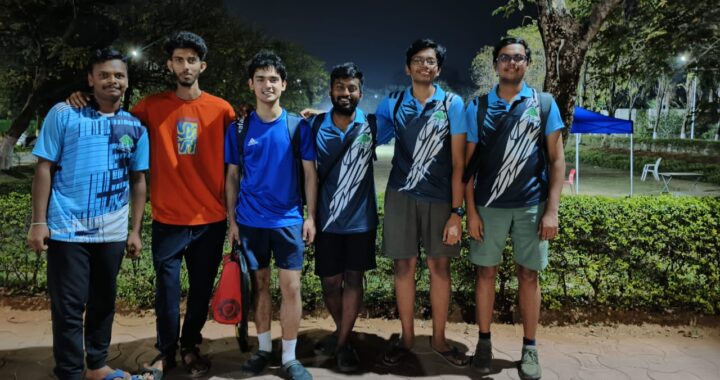 A perspective on sports in IIIT
A perspective on sports in IIIT 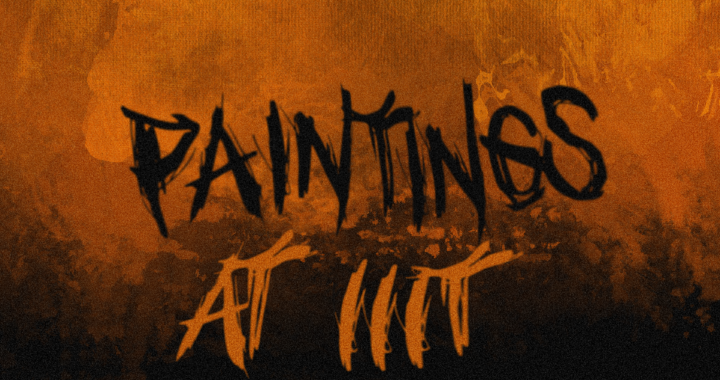 Paintings of IIIT
Paintings of IIIT 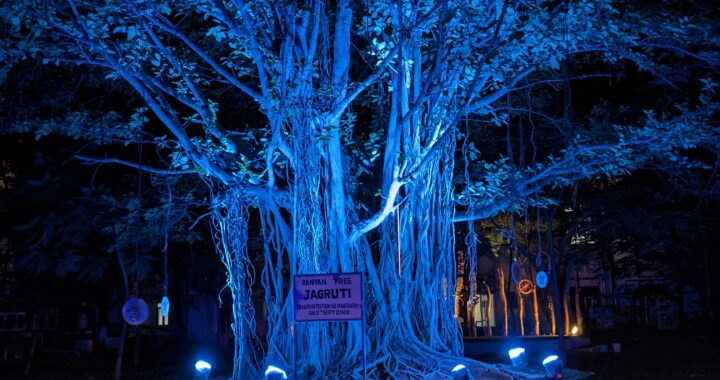 The Tale of Jagruti
The Tale of Jagruti 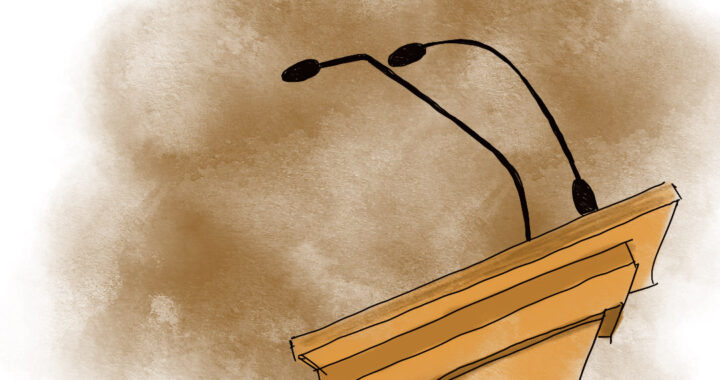 Cleaning up the Mess?
Cleaning up the Mess?